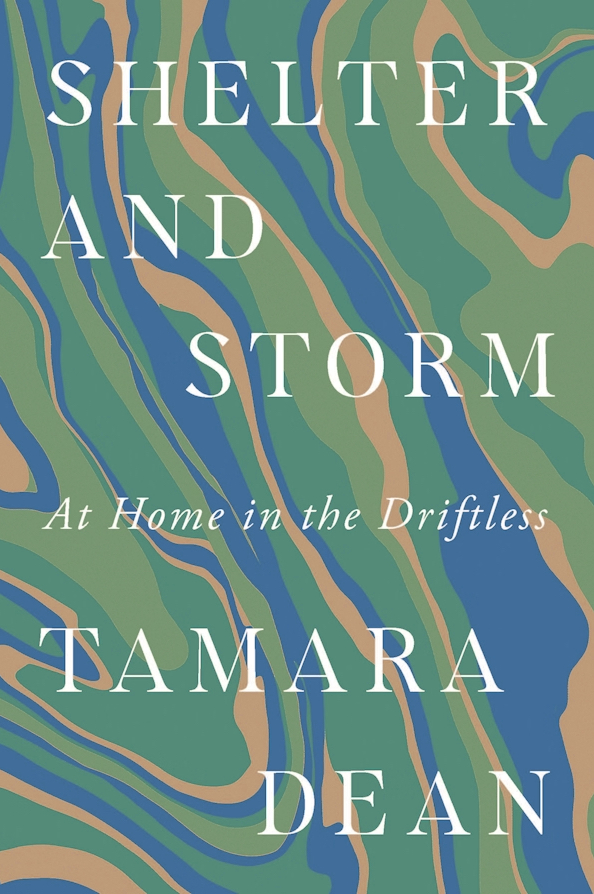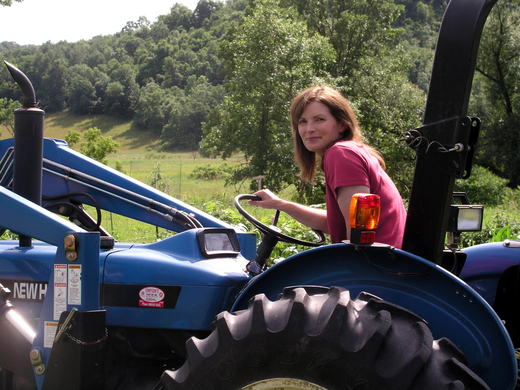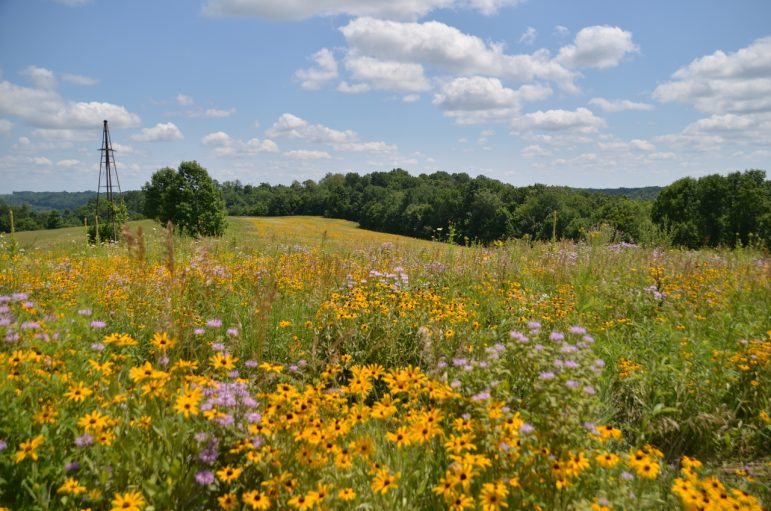
By Clara Lincolnhol
Writer Tamara Dean left the city for a rural life in Wisconsin’s Driftless Area, a region known for dodging the glaciers that carved the landscape of the surrounding states and the Great Lakes 10,000 years ago.
What she found was an environment in the midst of being reshaped by climate change, including more frequent and intense flooding.
“The last flood we experienced while we were there in 2018 was called a 1,000 year flood, which burst through dams upriver from us, and we were worried that we would have to evacuate,” Dean said. “We were marooned. All the roads leading away from our home were underwater and neighbors of ours had their homes flooded.”

Dean and her husband strived to live off the land. They wished to build their own home, generate their own power and become a part of the rural community. But they did not know how naive they were, she said.
“We couldn’t have guessed how extreme weather and all these storms would dictate how we spent our days, or ruin a structure we had built in an instant,” Dean said. “In the Driftless Area, it seemed like every time I walked out the door there was a new mystery that astonished me.”
These new mysteries “ignited her curiosity,” she said, and she began writing about them as a way to make meaning out of her experience and find answers.
She wrote about a woman who died of her 10th abortion in 1876, who was buried on her property. Other essays addressed the effects of severe flooding, fires and tornadoes. These are now collected in her new book, “Shelter and Storm: At Home in the Driftless,” from the University of Minnesota Press.
The Driftless Area in southwest Wisconsin is a rare part of the country. Left untouched by the glaciers that receded from the Great Lakes states more than 10,000 years ago, the landscape features steep hills and deep river valleys.
“It’s called the Driftless Area because none of the debris, called ‘drift,’ that the glaciers move around and leave behind when they recede, is deposited there, because all of the glaciers missed the area,” Dean said.

Dean lived in a river valley, and chronic, climate change-induced floods often defined their day-to-day lives, she said.
Dean and her husband helped clean-up and rebuild communities after the 2018 flood. She started a project with her friends called “Stories from The Flood” through a local non-profit. Survivors were invited to talk about their experiences, what they had lost, who they had saved, who had helped them and what they had learned.
The project collected over one hundred stories from neighbors, “and they felt lighter after telling us,” Dean said. “They shared them with other people in the community and they seemed to collectively heal through that.”
Dean and her friends also shared the stories with local and regional policy makers so the survivors’ insights could help improve flood resilience for the communities that have been affected and will continue to be affected by floods, she said.
After decades of living in the Driftless Area, Dean and her husband moved back to the city when she contracted Lyme disease multiple times after tick bites, a story told in the final essay of the collection. The region is one of the epicenters of Lyme disease in the U.S.
Dean’s last bout with the disease persisted over five years and prevented her from doing the things their lifestyle had come to depend on.
“It was devastating to not be able to know when you woke up in the morning, whether you’d be able to get out of bed, much less go about your daily business,” Dean said. “I wasn’t able to garden or prune or plant trees or help with the housework. It was hard but we ended up leaving the countryside because of that.”
Each essay in “Shelter and Storm” has its own theme, but Dean hopes the book inspires enthusiasm and curiosity about the many aspects of what she experienced living in the Driftless, like blue-glowing fireflies, the wisdom of prairie fires and the silver-linings of tornadoes.
“On a broader level, I would also like readers to feel invited to reconsider their relationships with nature, people and communities, and take away some ideas or steps to heal our planet,” Dean said.
She also hopes the book may inspire people to form their own grassroot organizations to help those who have survived climate change induced events.
“I hope that people take ideas about ways they can help their neighbors and communities heal after natural disasters, and offer ideas about public planning around resilience to future climate change disasters,” Dean said.
“Shelter and Storm: At Home in the Driftless” is available through the University of Minnesota Press’s website for $19.95.
